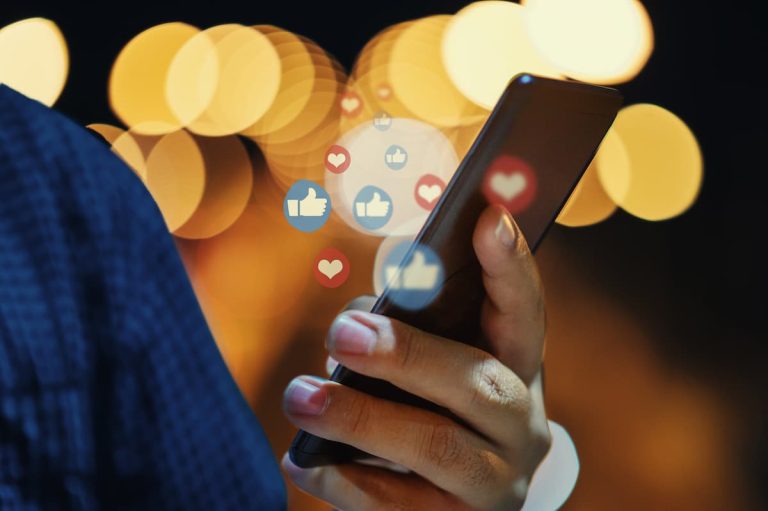The Perilous Intersection of Social Media and Teen Drug Use
The age-old issue of adolescent experimentation with drugs and alcohol has taken a dangerous turn in the digital age. Social media platforms, while offering numerous benefits, have become breeding grounds for exposure to and normalization of substance abuse among teens. This vulnerability stems from the developmental stage of adolescence, characterized by heightened susceptibility to peer influence and the pressure to conform. Sites like Instagram, Facebook, and Snapchat, saturated with images and videos of both celebrities and peers engaging in risky behaviors, create an environment where drug and alcohol use is portrayed as glamorous and commonplace. This constant exposure desensitizes young people to the inherent dangers of substance abuse, fostering a false sense of normalcy and acceptability.
The influence wielded by celebrities and "influencers" on social media cannot be overstated. Figures like Justin Bieber, Drake, and Cardi B, boasting millions of young followers, frequently depict themselves using drugs and alcohol, inadvertently promoting these behaviors to impressionable audiences. Beyond celebrities, teens are also exposed to similar content from their own social circles – friends, family members, and acquaintances – further reinforcing the perception that substance use is a widespread and acceptable norm. This normalization contributes significantly to the allure of experimentation, driving teens to engage in risky behaviors in pursuit of social acceptance and belonging.
Research underscores the strong correlation between social media use and increased likelihood of substance abuse. A study by the National Center on Addiction and Substance Abuse at Columbia University revealed that teens who frequently use social media are significantly more prone to drinking, drug use, and tobacco consumption compared to their less active counterparts. This study, which surveyed 2,000 adolescents about their social media and substance use habits, found that frequent users were five times more likely to buy cigarettes, three times more likely to drink alcohol, and twice as likely to use marijuana. These alarming statistics highlight the potent influence of social media in shaping adolescent attitudes and behaviors related to substance use.
Beyond direct exposure to substance use, social media contributes to mental health issues that can indirectly fuel addiction. The curated nature of online platforms fosters relentless social comparison, particularly detrimental to teens already prone to depressive cognitions. The pressure to project an idealized image of oneself online can lead to feelings of inadequacy, anxiety, and low self-esteem. These negative mental health outcomes, often exacerbated by excessive social media use, can drive teens to seek solace in drugs and alcohol as a coping mechanism, creating a vicious cycle of dependence and emotional distress.
The ubiquity of social media among teenagers amplifies these risks. With approximately 92% of adolescent users checking social networking sites multiple times daily, the potential for exposure to substance-related content is immense. The fear of missing out (FOMO), often fueled by social media posts depicting friends engaging in seemingly exciting activities involving drugs or alcohol, can tempt teens to make risky choices in an attempt to fit in. Conversely, those who perceive themselves as excluded from these social gatherings may experience feelings of isolation and depression, further increasing their vulnerability to substance abuse. The pervasive nature of social media ensures that these influences are constantly present in teens’ lives, making it challenging to escape the pressure to conform and experiment.
Furthermore, social media advertising plays a significant role in normalizing and promoting substance use among young people. Despite regulations against direct marketing to minors, tobacco, e-cigarette, and alcohol companies leverage social media platforms to reach vast youth audiences. These ads often feature celebrities, musicians, and attractive models, creating an aspirational association between these products and a desirable lifestyle. Research indicates that such advertising may contribute to as much as 30% of adolescent tobacco and alcohol use, highlighting the insidious impact of these marketing strategies. The constant bombardment of visually appealing ads, coupled with the social pressures exerted by peers and influencers, creates a potent cocktail that can entice teens into experimenting with substances. The difficulty in regulating social media advertising adds another layer of complexity to this issue, making it even more crucial for parents and educators to address the influence of these platforms on teens’ perceptions and choices. The combination of social pressure, celebrity endorsements, and readily available content normalizing substance use creates a dangerous environment for impressionable adolescents. Open communication, education about the risks of substance abuse, and professional help when needed are essential tools in combating the negative influence of social media and protecting young people from the devastating consequences of addiction.


